PPE Image Gallery: Respiratory Protective Equipment - Civilian
- Respiratory PPE - Civilian
- Selected Respiratory Protection Masks
-
See also:
- Dermal PPE - Civilian
- Respiratory PPE - Military
- See all REMM information about Radiation Emergency Personal Protective Equipment (PPE)
-
US Department of Labor Videos
-
The Difference Between Respirators and Surgical
Masks
(OSHA, December 2009)

-
Respirator Safety. Donning (Putting on) and
Doffing (Taking off) and User Seal Checks
(OSHA, December 2009)

-
The Difference Between Respirators and Surgical
Masks
(OSHA, December 2009)
Respiratory PPE - Civilian
| Respirator Type | Comments |
|---|---|
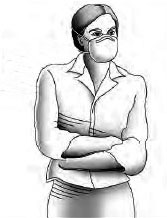 Air-purifying respirator (APR)1
|
Air-purifying respirator (APR), disposable
Key Features
|
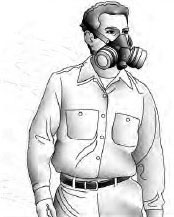 Air-purifying respirator (APR)1
|
Air-purifying respirator (APR), reusable Key Features
|
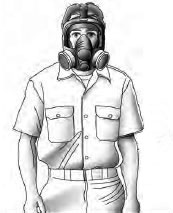 Air-purifying respirator (APR)1
|
Air-purifying respirator (APR), reusable Key Features
|
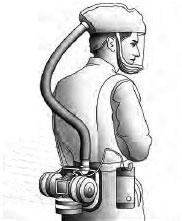 Powered air-purifying respirator (PAPR)1
|
Powered air-purifying respirator (PAPR) Key Features
|
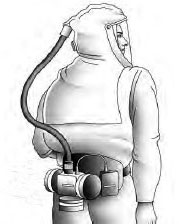 Powered air-purifying respirator (PAPR)1
|
Powered air-purifying respirator (PAPR) Key Features
|
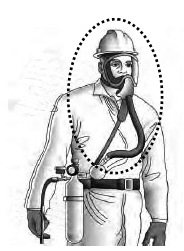 Supplied-air respirator (SAR)1
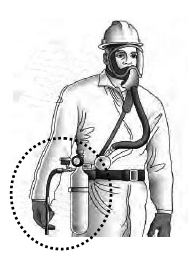 Auxiliary escape respirator1
|
Supplied-air respirator (SAR) Key Features
Auxiliary escape respirator, escape hood, or escape mask Key Features
|
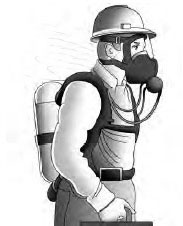 Self-contained breathing apparatus (SCBA)1
|
Self Contained Breathing Apparatus (SCBA) Key Features
|
Selected Respiratory Protection Masks
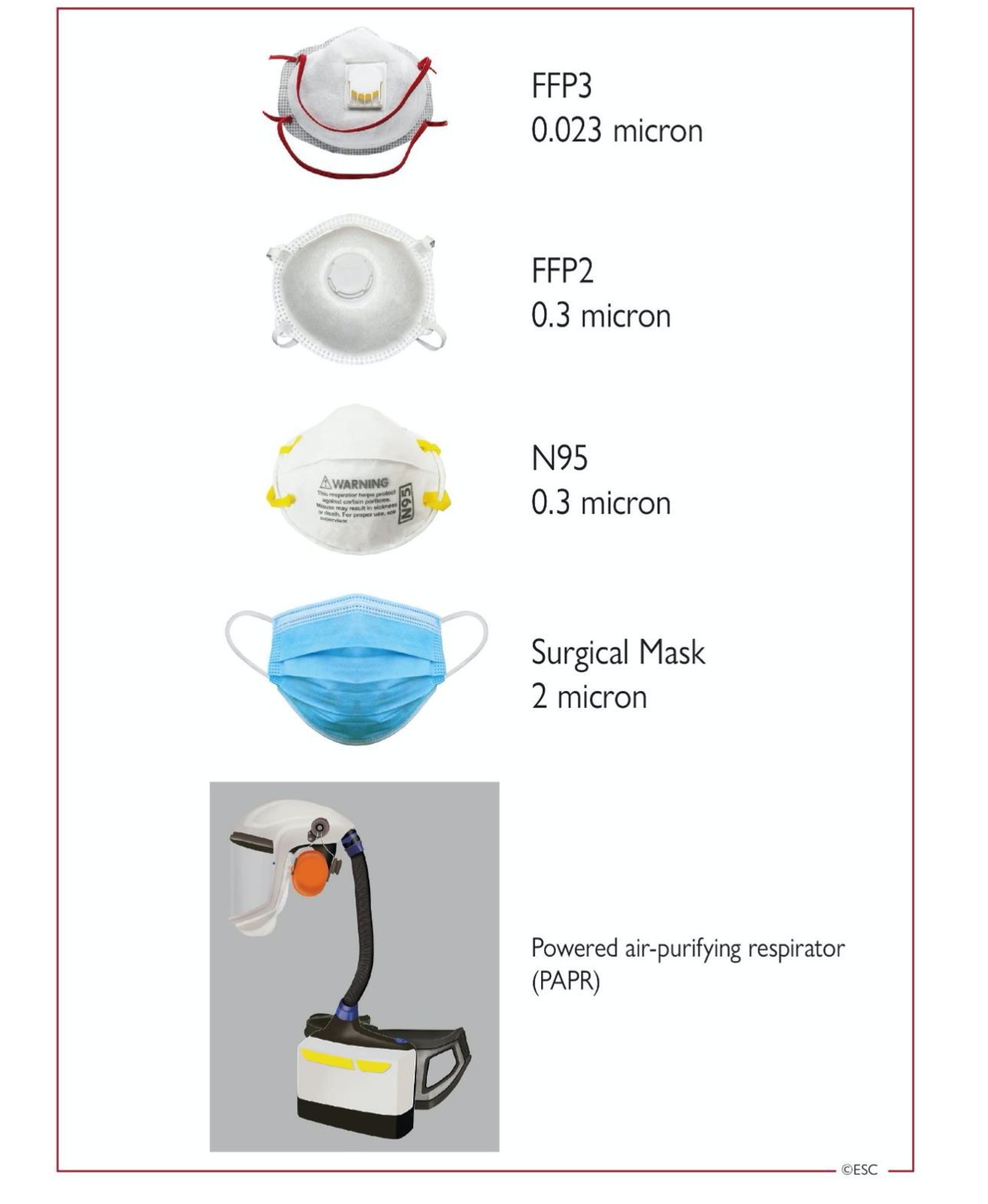
Source: European Society for Cardiology (ESC), ESC Guidance for the Diagnosis and Management of CV Disease during the COVID-19 Pandemic , See Figure 4, page 24. (Last update: 28 May 2020, Accessed June 8, 2020)
FFP2: Filtering face-piece Class 2
FFP3: Filtering face-piece Class 3 (respirator mask)
References:
- All black and white respirator images adapted from: Major Types of Air-purifying respirators, OSHA: Assigned Protection Factors for the Revised Respiratory Protection Standard. (PDF - 398 KB) (OSHA, 2009)
- OSHA Information about PPE (Accessed June 8, 2020) (OSHA)
- CBRNE - Personal Protective Equipment (eMedicine)
- The Physics of N95 Masks (YouTube video - 6:07 min) (Minute Physics Teaching)
- Guide for the Selection of Personal Protective Equipment for Emergency First Responders, 2nd Edition, Guide 102-06. (PDF - 6.95 MB) (DHS, January 2007)
- DHS/Science and Technology: Personal Protective Equipment: FEMA Authorized Equipment List and InterAgency Board Interactive Standardized Equipment List (DHS)
- Emergency Response Resources-Personal Protective Equipment (HHS/CDC/NIOSH)
-
More about PPE standards
-
Masks
- United States:
- Europe:
-
Respirators
- United States:
- Europe:
-
Masks

